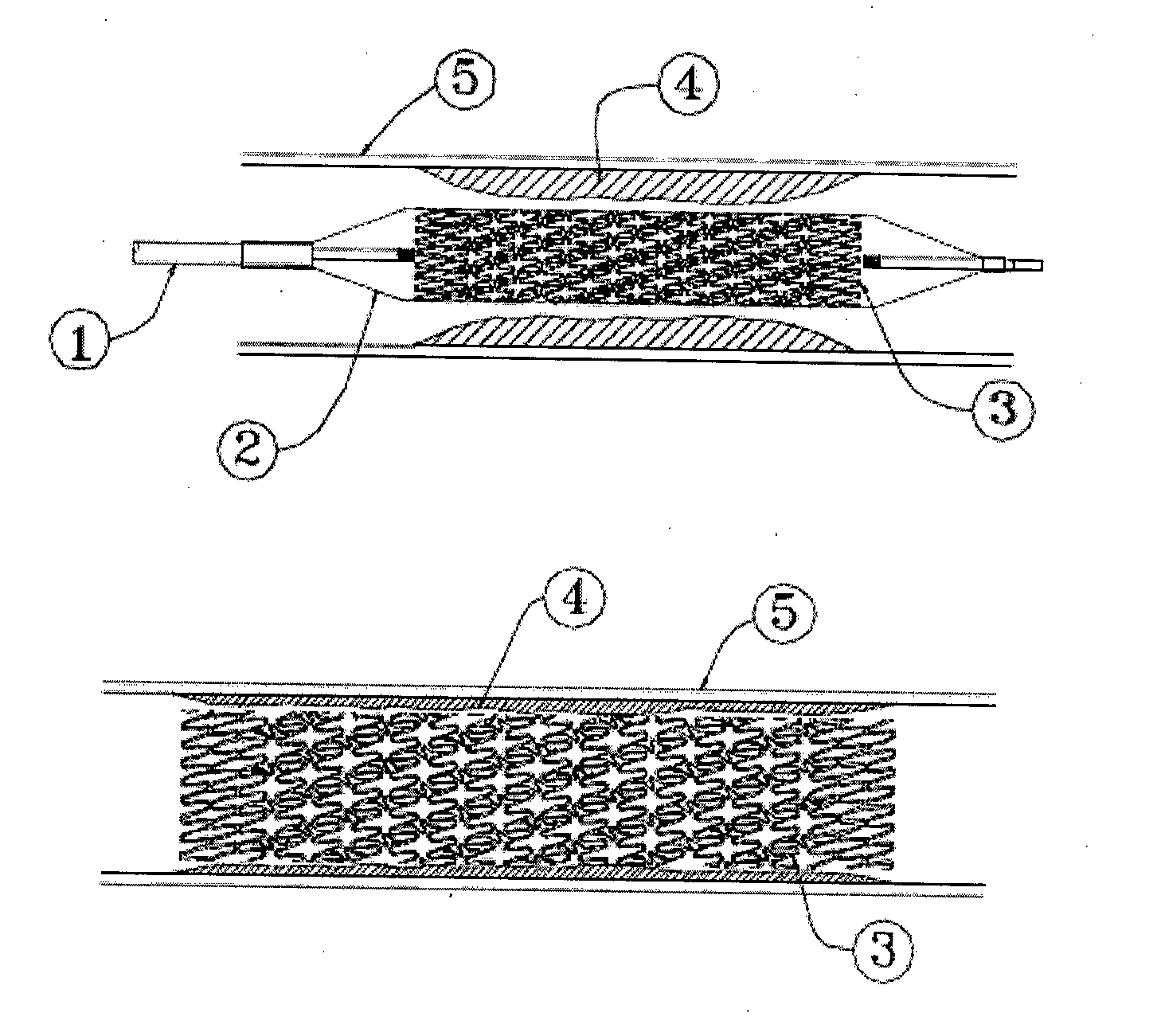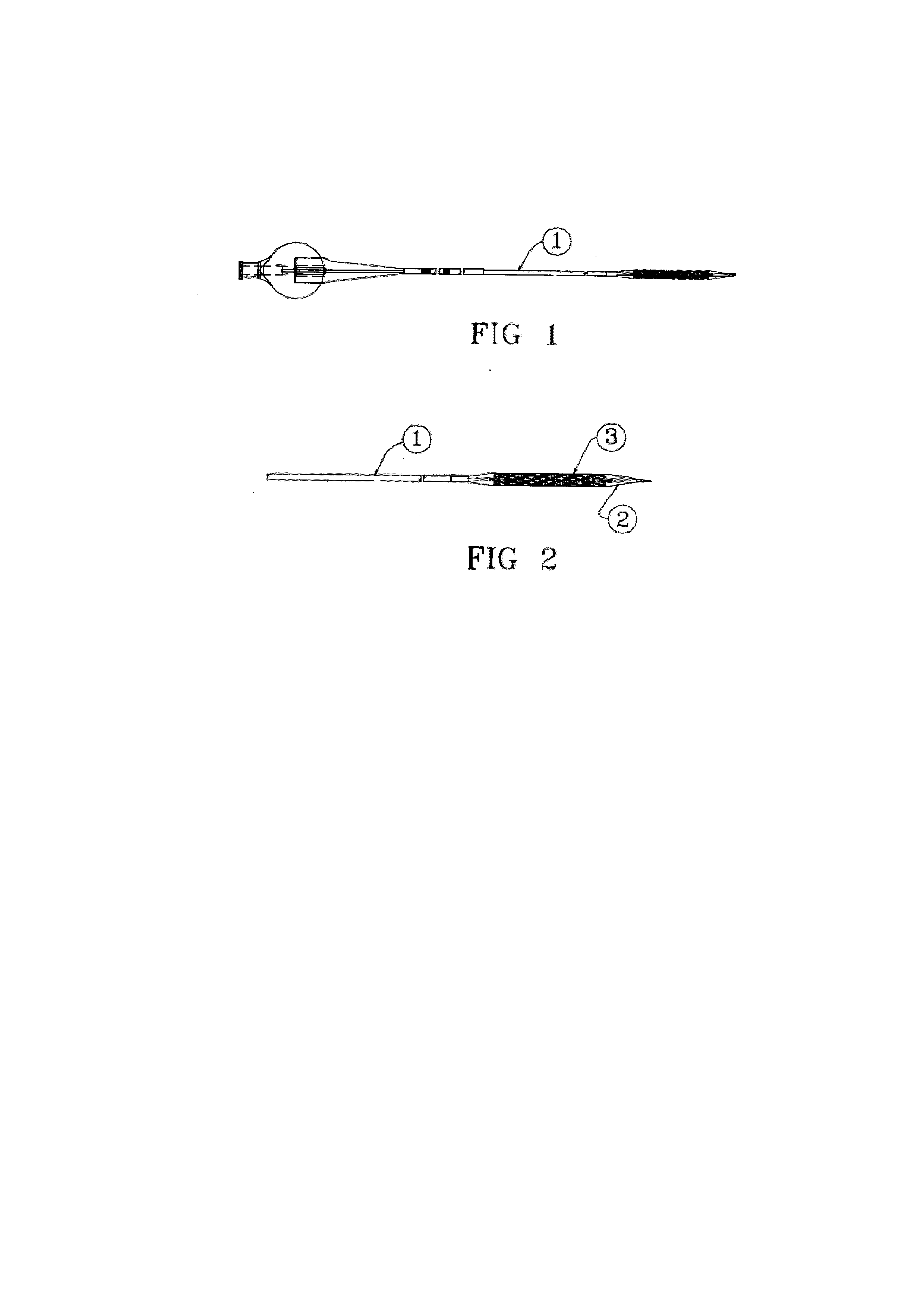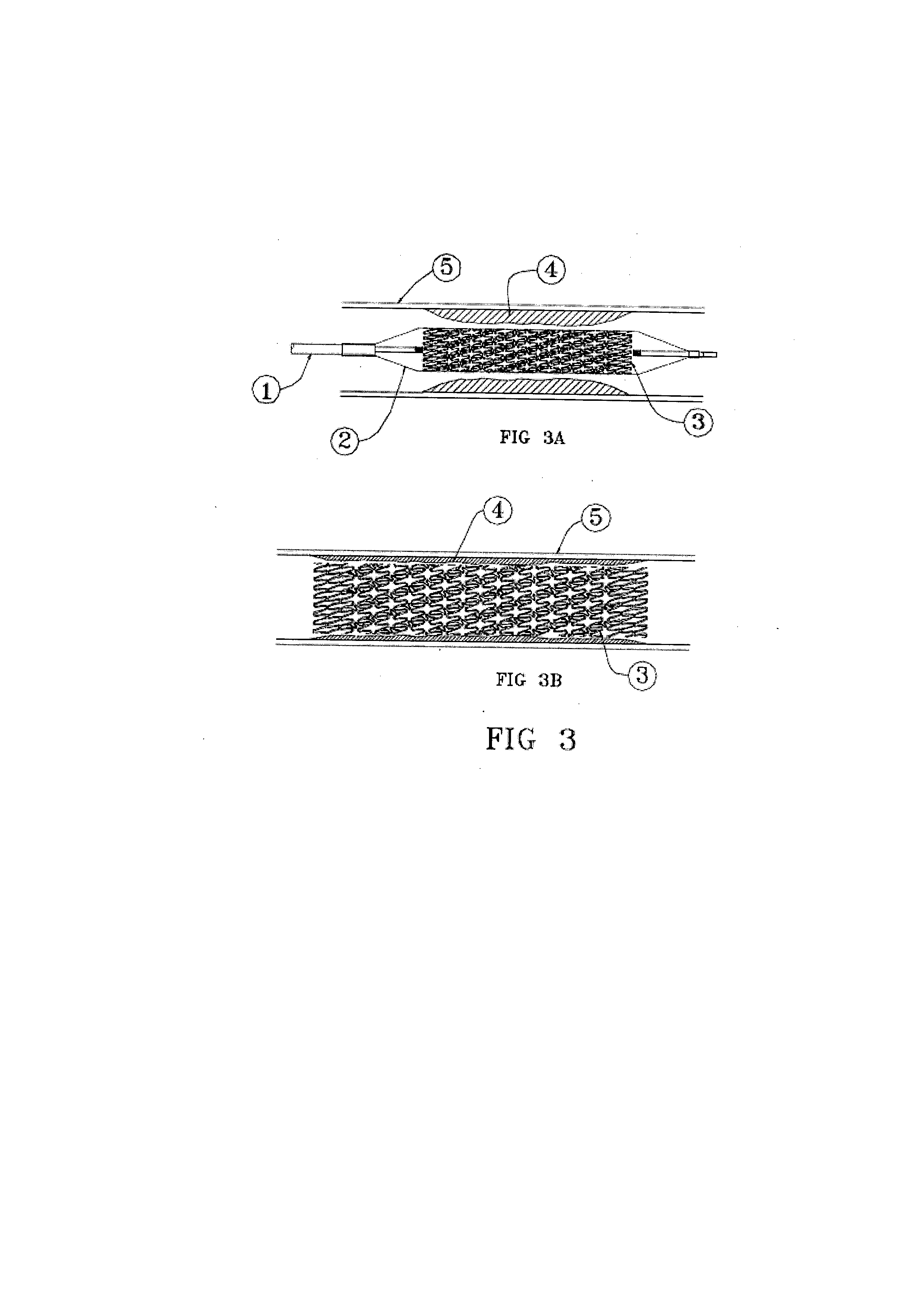Stents with low strut thickness and variable strut geometry
a stent and strut technology, applied in the field of balloon expandable stents, can solve the problems of different crossing profiles in deferent sections of the stent, tissue prolapse, restonosis or embolism, etc., and achieve the effect of reducing the thickness of the stent strut, and enhancing the overall structure of the sten
- Summary
- Abstract
- Description
- Claims
- Application Information
AI Technical Summary
Benefits of technology
Problems solved by technology
Method used
Image
Examples
Embodiment Construction
[0057]As shown in FIGS. 1 through 4, the preferred embodiment of the present invention includes stent 3 consisting of central section 8 and identical end sections 6 and 7 along the longitudinal axis of the stent. All the sections have expandable strut elements 9′, 9″, 12′, 12″ and 13 having a plurality of sinusoidal wave shaped sections 9 (closed) and 12 (open) linked in specific manner by direct connections or through “s” shaped linkages to form entire body of the stent. The sinusoidal shaped closed cells 9 have struts 9′ and 9″ as shown in FIG. 5. The sinusoidal shaped open cells 12 have struts 12′ and 12″ as shown in FIG. 6. The struts 9′ and 9″ of closed cells 9 are interconnected with each other across their length forming a joint 11 and at their tips forming a joint 10 as shown in FIG. 5. The open cell 12 in one row is joined to another open cell 14 in the next row by “s” shaped interconnecting link 13 as shown in FIG. 6. The width of the struts 9′, 9″12′, 12″ and 13 may be sa...
PUM
 Login to View More
Login to View More Abstract
Description
Claims
Application Information
 Login to View More
Login to View More - R&D
- Intellectual Property
- Life Sciences
- Materials
- Tech Scout
- Unparalleled Data Quality
- Higher Quality Content
- 60% Fewer Hallucinations
Browse by: Latest US Patents, China's latest patents, Technical Efficacy Thesaurus, Application Domain, Technology Topic, Popular Technical Reports.
© 2025 PatSnap. All rights reserved.Legal|Privacy policy|Modern Slavery Act Transparency Statement|Sitemap|About US| Contact US: help@patsnap.com



